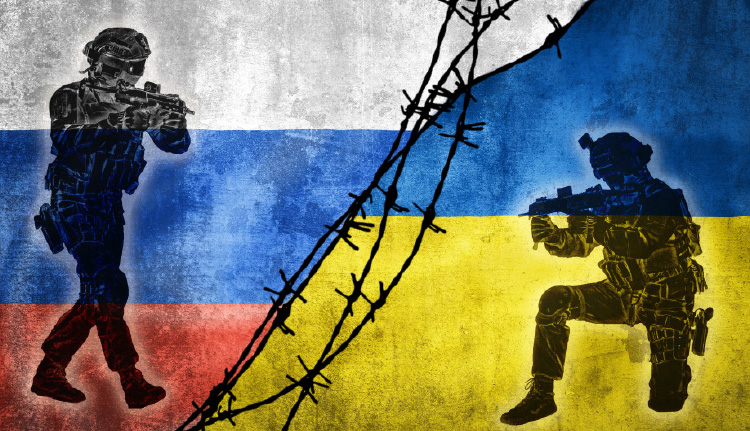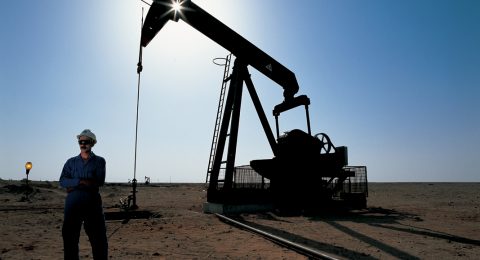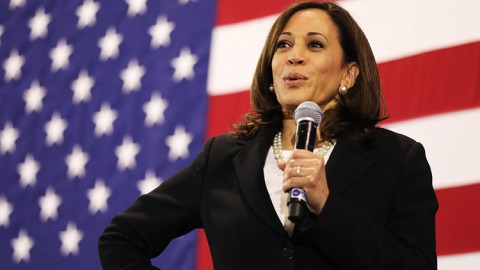A year has passed since the beginning of the Russia-Ukraine conflict with no clue about how and when this crisis may end. The Ukraine crisis has left the world with severe economic pain and a new global energy system.
The conflict, in 2022, accelerated a global energy crisis as the military confrontation, and subsequent Western sanctions, piled more pressure on oil and gas supplies already strained from the rapid economic rebound from the pandemic.
Biting the bullet
The Russia-Ukraine conflict and subsequent Western sanctions against Moscow led to a breakdown in supply relationships that had existed for decades.
Russia is one of the world’s top oil producers and exporters and a giant in natural gas markets. Revenues from oil and natural gas made up 45% of Russia’s federal budget in 2021. One year before the Russian operation, the country produced 762 bcm of natural gas, and exported approximately 210 bcm via pipeline, when
European countries used to receive about 45% of their natural gas via Russian pipelines.
However, the widening rift between the western countries and Russia and the desire to prevent Russia from weaponizing its energy supplies unleashed major energy crises, which left several world economies scrambling to find energy sources. In their efforts to dispense with Russian supplies, some countries pushed to accelerate the deployment of solar and wind – but also to buy coal and even put climate change targets on the back burner.
The conflict bushed natural gas prices to multi-year highs and oil to nearly $140 a barrel, not far from an all-time record. It led major international energy companies to exit Russia.
Western nations began to implement a price cap on Russian oil, while Europe is discussing a gas price cap and investing more heavily in liquefied natural gas (LNG) to meet energy needs.
New Energy Flow Routes
Citing different reasons, Russia cut gas flows to the EU by around 80% between May and October 2022, leaving the bloc with a significant shortfall in its energy mix, and a pressing need to find energy alternatives from other places.
Despite the EU nations’ decision to end imports of Russian oil brought in by sea, and a ban on refined oil products that should come in from 5 February, Russia has broadly kept its oil production and exports at close to pre-invasion levels by increasing exports elsewhere, including to China, India, and Turkey.
According to a report by BBC, India, China, and Turkey ramped up their purchases of Russian oil last year – and together they now make up 70% of all Russian crude flows by sea.
Additionally, Russia was offering its oil at a significantly lower price than the global benchmark Brent crude, which, according to a study by the Centre for Research on Energy and Clean Air (CREA), cost Moscow a loss of nearly $175m a day from fossil fuel exports due to these measures.
An oil price cap approved by Western allies in December also aims to prevent Russia from getting more than $60 for a barrel of crude oil, but still unharmful to Russian exports as Urals oil is currently being exported from Russia’s northwestern seaport of Primorsk for around $40 per barrel for example.
LNG Revolution
However, what seemed a bigger challenge to Europe is reducing gas imports from Russia. In their struggle to shift from Russian supplies, EU states increasingly looked to ship LNG in tankers from producers such as the US and Qatar.
In 2022, Europe was the largest customer in the global LNG market, with the region importing substantially higher volumes than rival buyers as it seeks to replace dwindling Russian pipeline gas supplies.
EU nations imported 101mn tonnes of LNG in 2022, 58% more than the previous year, data from Refinitiv showed. The bloc accounted for 24% of global LNG imports during the period.
Analysts warn, however, that Europe will need to import more LNG in 2023, as it starts the year largely void of Russian pipeline gas, as Moscow moved to halt supplies.
However, several experts warn that there aren’t enough LNG terminals in Europe to meet its needs which require speedy development of new necessary infrastructure.
The International Energy Agency warned in December that the EU could face a potential gas supply-demand gap of 27bn cm in 2023 if Russian pipeline gas deliveries drop to zero and China’s LNG imports rebound to 2021 levels. the IEA suggests that improvements in energy efficiency and more rapid development of renewables would help to fill the gap. These shifts will be needed “to satisfy the conditions of refilling gas storage levels to 95% and maintaining gas supply security through to the spring of 2024 without excessive strains on markets and European consumers,” the IEA indicates.








